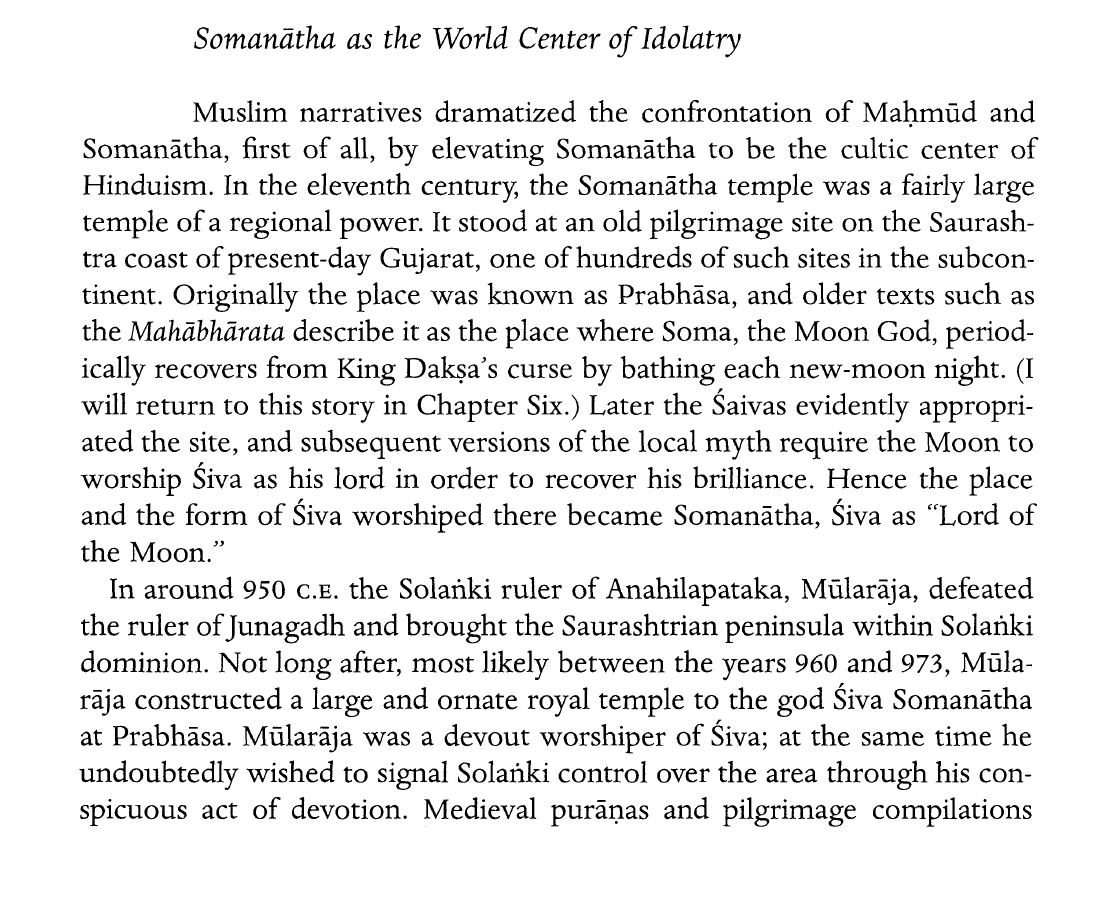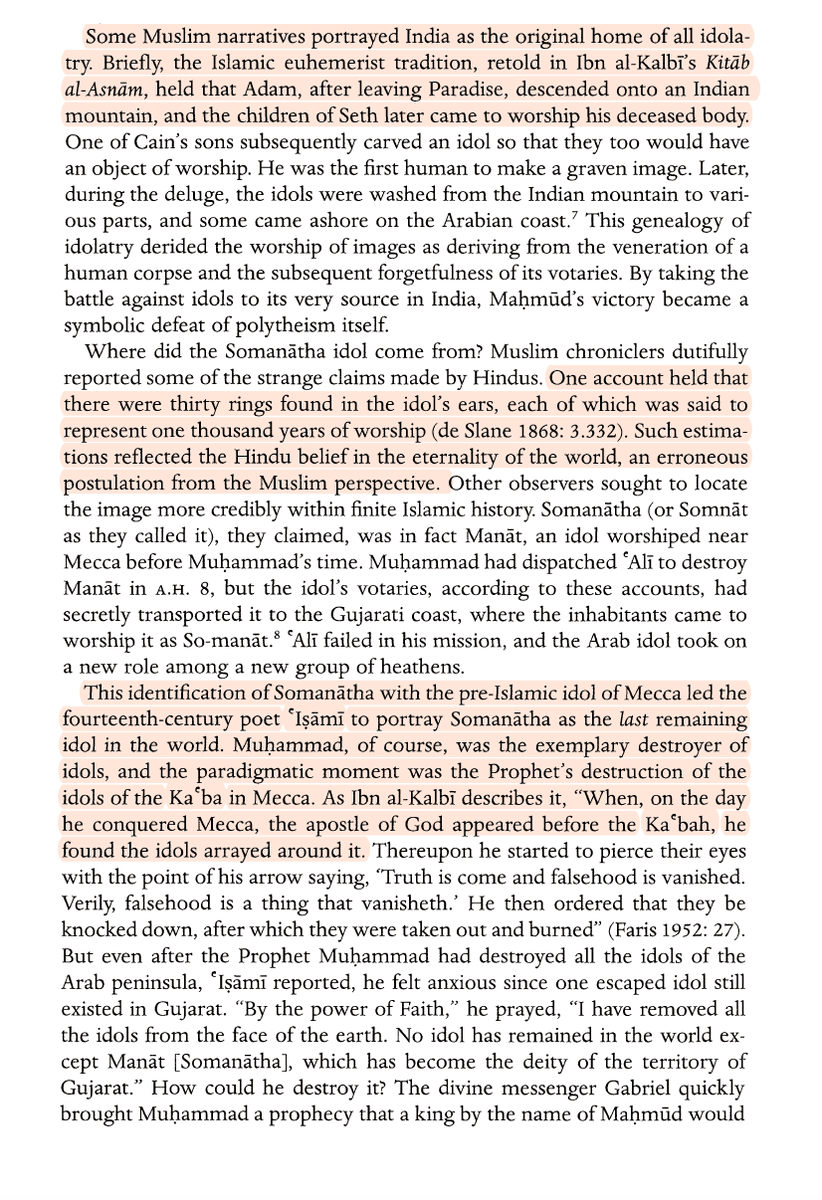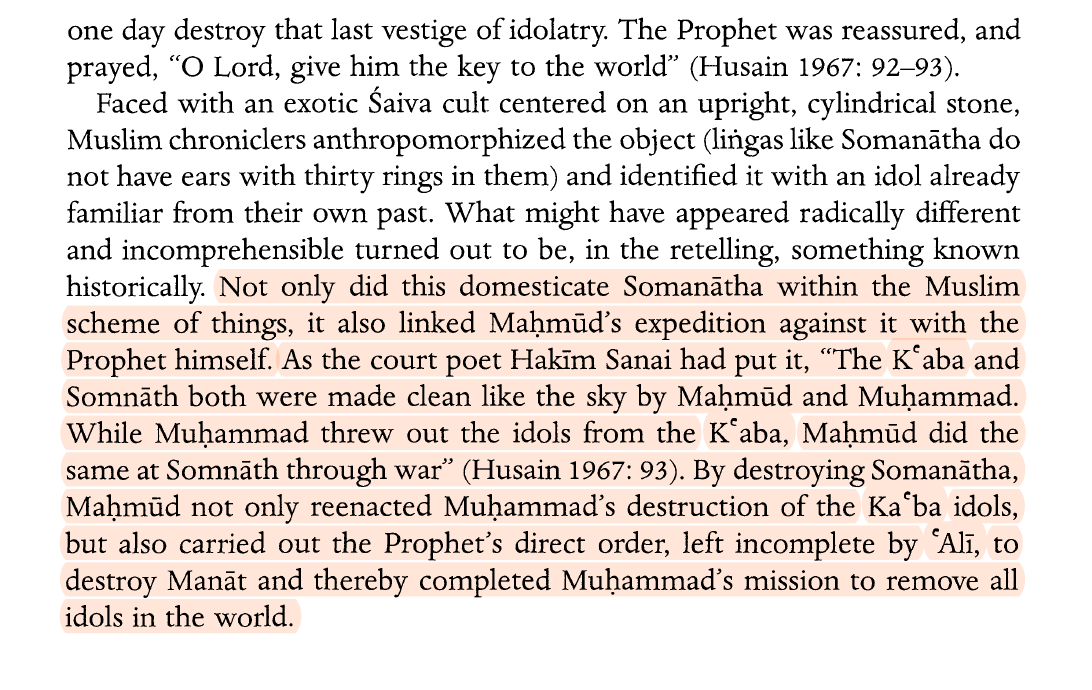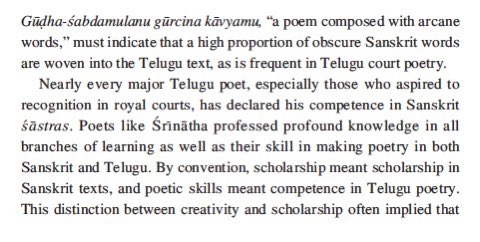TMK and coterie have been mischievously misinterpreting the lyrics to a tyāgarāja kṛti to disparage the rāma mandira. the kṛti in question is ‘naḍaci naḍaci’ in the rāga kharaharipriya. @krithikasivasw has put up the video along with other “interpretive translations”
https://twitter.com/krithikasivasw/status/1749721160307359888
the point of the kṛti is distorted altogether. tyāgarāja says that sitting in a meditative pose — in the garb of a yogi — just for appearances, and praising rāma without truly knowing him is pointless. translation by William J. Jackson, from Tyāgarāja: Life and Lyrics 

so one who does not know of rāma’s transcendence, or realise his existence in a place that is beyond birth and death, might walk forever, seeking him, but will not reach him. the kṛti does not suggest that there is no ayodhya because rāma resides in the heart.
ayodhya is employed as a metaphor for rāma himself; wherein ignorance drives one to superficially or pretentiously seek rāma, at his apparent physical location. it is a commentary on the growing materialism and hypocrisy he observed in society — a recurring theme in his lyrics. 

the emphasis of the kṛti is on genuine rāmabhakti, on realising rama on a transcendent plane; bhakti which tyāgarāja swam in an ocean of, that we wish we could taste a drop of. but simply because bhakti exists doesnt mean ritual is forsaken, and rāma is deprived of a home.
in so many other kṛtis, tyāgarāja addresses rāma as ‘sāketa dhama’ (sītākaḷyāṇa vaibhogamē), ‘sāketa nilaya’ in ‘sandēhamunu dīrpavayya’ (rāga rāmapriya), and as ‘sāketa nikētana’




saketa is another name for ayodhya.
from The Archaeology of Early Historic South Asia: The Emergence of Cities and States
Book by George Erdosy and Raymond Allchin


from The Archaeology of Early Historic South Asia: The Emergence of Cities and States
Book by George Erdosy and Raymond Allchin


moreover, just because tyāgaraja immersed himself in spirituality and a supreme and otherworldly bhakti does not mean he did not worship a physical form of rāma. he lamented when his brother took his images of rāma and discarded them in the river kāveri. 

this is a picture of the idol of Śrī Rāma worshipped by tyāgarāja. the idol was inherited by his descendants, is presently kept at Varahappa Iyer Lane in Tanjavur in a tiny house 

tyāgarāja stood as a testament to traditionalism. where there should only be the utmost respect and reverence, people are distorting his work for their petty political agendas. nothing more can be said. 

• • •
Missing some Tweet in this thread? You can try to
force a refresh














